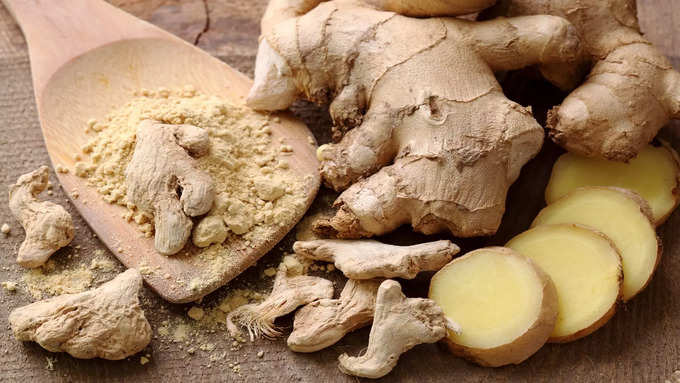A migraine is a severe headache. It causes a throbbing headache on only one side of the head. Migraines can last for at least four hours or throughout the day or even for days. Physical activity, bright lights, noise, strong odors, migraines, etc. can disrupt these headaches. It can interfere with daily routine. Let’s see what can be done to manage migraines.
Ginger helps with migraine headaches

2021 in three clinical trials Migraine headache Ginger has been found to be safe and effective in treating people with They were found to have significantly less pain after 2 hours compared to the study’s control groups. Ginger also relieves nausea and vomiting.
Although ginger has benefits, it is associated with side effects. Increased risk of bleeding, especially in those taking warfarin.
Yoga for Migraine Headaches

A 2023 study suggests that yoga can be an adjunctive treatment for migraines. Yoga has been found to be effective in reducing the frequency, duration and pain of migraines in people with migraines. However, more research is needed on this.
Similarly, a 2022 study also noted that yoga reduced short-term migraines. It also alleviates anxiety, depression and stress which can make migraine headaches worse.
Caffeine helps with migraine headaches

While some believe that caffeine can trigger migraines, it has been suggested that taking caffeine stops migraine symptoms. Some people find that a caffeinated drink provides mild relief after a migraine attack.
A 2020 review states that excessive use of caffeine can lead to migraine symptoms. A sudden intake of caffeine for migraines can trigger a migraine attack. So people with migraines should be cautious about caffeine intake. Do not take more than 200 milligrams of caffeine daily.
Water helps with migraine headaches

According to the American Migraine Foundation, about one-third of migraine sufferers say they may be triggered by dehydration. Drinking enough water throughout the day can help prevent migraines. Even small sips of water can go a long way in managing migraine symptoms like nausea.
Acupressure for Migraine Headaches

Acupressure is applying pressure to certain areas of the body. It relieves pain by stimulating certain points on the body. Professionals can do this. A 2017 study examined the benefits of using acupressure in 98 participants with chronic migraines. Finally, participants received standard medications and medications with acupressure after 8 weeks. It reduced nausea. But it is noteworthy that the researchers found that it did not reduce pain or improve quality of life.
Massage for Migraine Headaches

A migraine can be relieved by massaging the muscles in the neck and shoulders. Massage can also reduce stress. A person can benefit from a professional massage.
Lying down in a dark room is helpful during migraines. For some people, sleeping can reduce the pain. Getting enough sleep can help prevent migraines. Both oversleeping and undersleeping can trigger migraines.
Nutrients that help with migraine headaches

According to a 2022 review of research
Magnesium deficiency headaches or Migraine headachecan induce A companion study concluded that magnesium may help treat migraines. At the same time, more research is needed on magnesium.
B vitamins may reduce the frequency and severity of migraine headaches. It plays an important role in regulating neurotransmitters in the brain. A 2021 review found that 400 mg of vitamin B12 daily for 3 months had a significant effect on migraine timing, duration, frequency, and pain.
A 2018 study found that people with vitamin deficiencies had more migraine days than those without them. It is better to consult a doctor before taking these as a supplement rather than food.








